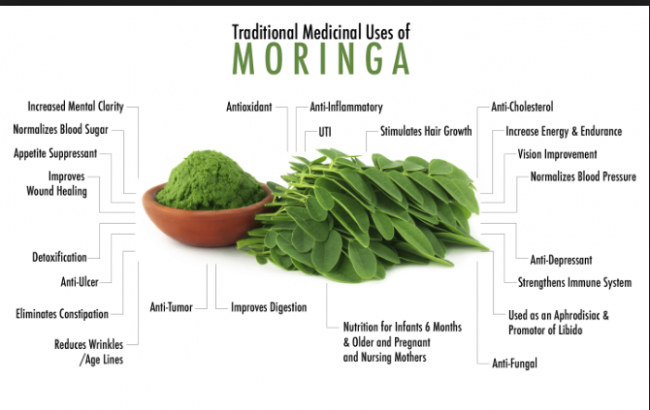
Ric and Prof. Hope visit the village to talk about the Moringa plant.
From being seen as a lowly plant and considered as a vegetable of last resort in most of the 82 countries where it is geographically dispersed, Moringa has indelibly gained a reputation as “The Miracle Tree.â€Â In 2008, the U.S. National Institutes of Health recognized Moringa as the number one plant in the world . In Philippines, there is a pending bill in Congress for the plant to be declared as national vegetable.
 A native of India and Western Himalayas, Moringa has been documented as widely utilized by the ancient civilization particularly by the Indians, Egyptians, Romans, and Greeks. The genus Moringa is indigenous to several countries. These countries include Madagascar, Namibia, SW Angola, Kenya, Ethiopia, Red Sea, Horn of Africa, India, Pakistan, Bangladesh and Afghanistan in the northwestern region of the Himalayans. The plant is now grown in many tropical, arid, and semi-temperate countries.
These were highlighted by Prof. Hope Patricio, GSF agricultural consultant, during the seminar that she conducted for the housing recipients of GSF. She added that the plant has multiple uses from the tip to its roots. It is now acknowledged by scientists and nutritionists worldwide as a rich source of protein, minerals, beta-carotene, thiamin, riboflavin, and other vitamins particularly vitamins A and C.  Pound for pound, Moringa contains 7 times the Vitamin C in oranges, 4 times the calcium in milk, 4 times the Vitamin A in carrots, 2 times the protein in milk, and 3 times the potassium in bananas. Growing Moringa is like having multi-vitamins, from A to Zinc, at one’s doorstep.
People with average health find a welcome boost of energy with Moringa. Tests showed that pregnant women recovered from anemia and had babies with higher birth weights while breast-feeding women had increased milk production. It can be used to cure cuts, scrapes, sores, and rashes, and can modulate the body’s defense system. Extracts from dry leaves, stem bark, and flowers can, respectively, heal ulcers, moderate high blood pressure, and lower blood sugar while extract from dried powdered leaves has a very potent depressive effect on the central nervous system, resulting in significant muscle relaxation, decreased body temperatures, and increased sleep time.
After Prof. Patricio had emphasized the methods of propagation, cultural requirements and benefits from regular intake of Moringa, she was assisted by Ric Patricio, DR June Sanico, and Dzen Patriarca, GSF agricultural consultant, project manager, and social worker, respectively, in the actual preparation of Moringa powder and capsule, as well as Moringa tea with crushed ginger and cut lemon grass. Some participants tried the manual capsule filling protocol and everyone tasted the Moringa health drink later on, which they found refreshing and acceptable.
In the near-term, each village household will hopefully have at least two Moringa plants in the yard for fresh consumption and for processing into micronutrient powder, tea, probiotic capsule, juice, or an energy drink, thereby improving the nutrition and health of the family members.
Prof. Hope shares her expertise on Moringa with the beneficiaries.

Rick holds a demonstration on processing of dried Moringa leaves into a powder form.Â

Ingredients for the preparation of Moringa tea, using fresh Moringa leaves, lemon grass and ginger. Â Sounds delicious.Â

